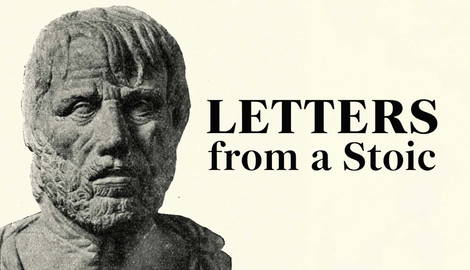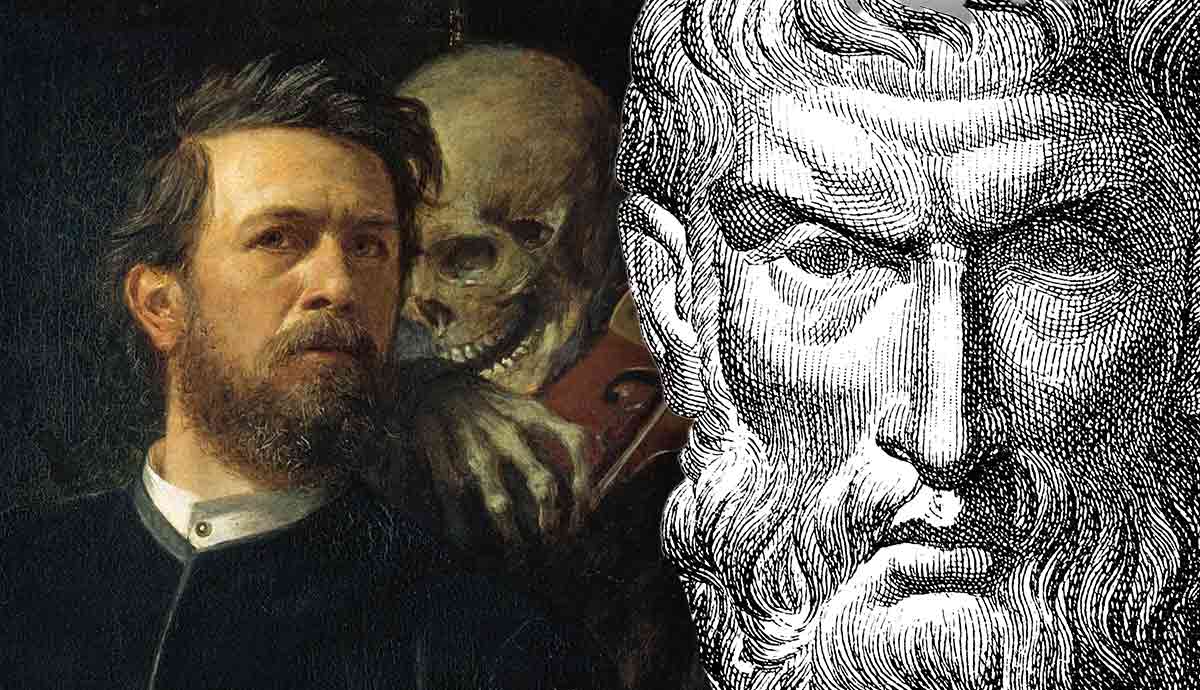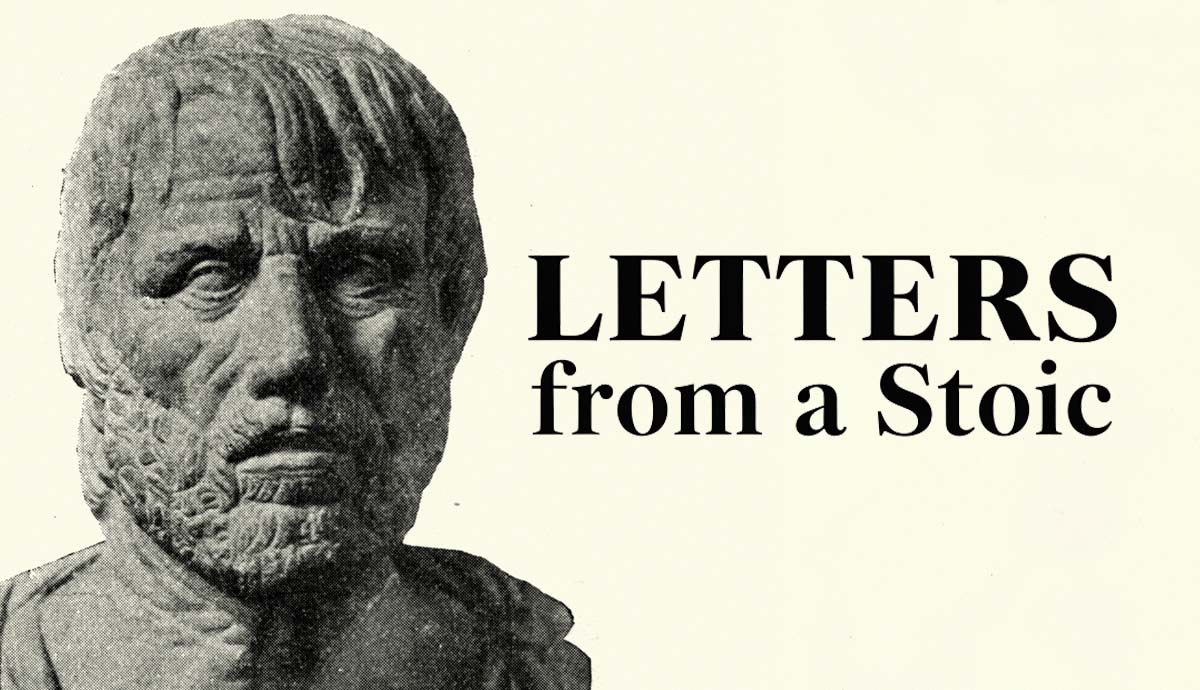
Lucius Annaeus Seneca was a major figure in Ancient Roman philosophy. Like Epictetus and Marcus Aurelius, Seneca was a major proponent of Stoicism and contributed a great deal to Stoic thought.
Seneca was a strong believer in the power of philosophy to console people and wrote on a wide range of topics, often in letters to friends and relations. Many of his works offer practical advice on how to live without being bogged down in abstract concerns. This is particularly true of Seneca’s Letters From A Stoic.
Who Was Seneca?
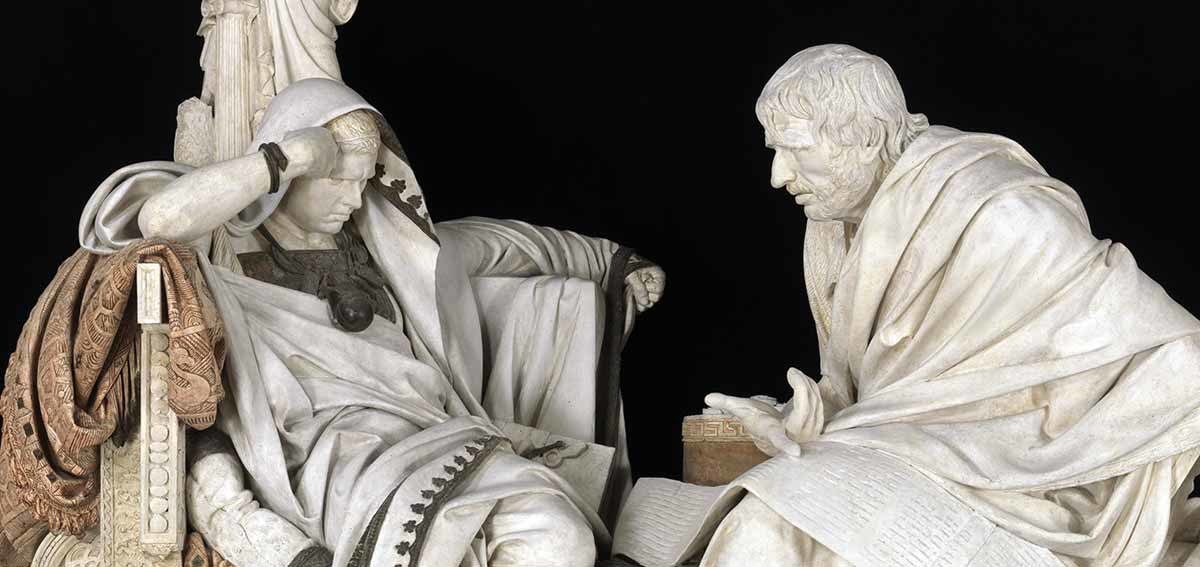
Seneca had a fascinating and tumultuous life that ended when he was ordered to commit suicide by the Emperor Nero in CE 65.
Seneca was born in Cordoba in Spain around BCE 1, spent some of his early life in Egypt, and was educated in philosophy and rhetoric in Rome. He became a quaestor—a kind of public official—and was well-known in the Roman senate for being an excellent public speaker.
Seneca was nearly sentenced to death by the jealous Emperor Caligula, and then again by Caligula’s successor Claudius for suspected political intrigue. Instead, Seneca was banished to Corsica, where he remained until he was recalled to Rome to tutor Nero.
Seneca was involved in the governing of the Roman Empire during the early part of Nero’s reign and contributed to significant legal and financial changes. He also amassed considerable wealth.
When Seneca’s political fortunes changed, he left Rome in the last years of his life to concentrate on philosophy and writing. A few years later, Seneca was accused of plotting against Nero and so he was ordered to commit suicide.
In addition to being a statesman and a philosopher, Seneca was also a playwright. His play Thyestes is highly regarded and provided some plot points for Shakespeare’s Titus Andronicus.
Seneca and Stoicism

Seneca was a Stoic philosopher, and although Stoicism is often associated with Ancient Rome, it originated in Hellenistic Greece. This was the period after Aristotle when Athens came under the rule of Alexander the Great. It produced two great rival philosophical schools: Epicureanism and Stoicism.
Stoicism was founded by Zeno of Citium around BCE 300. It takes its name from “stoa” which was a covered walkway or portico used in Greek public spaces. This was where Zeno taught his philosophy.
Stoicism is a complete philosophical system which covers cosmology, ethics, and investigations in logic. A central Stoic belief is that the universe is composed of and ordered by “logos” or reason. This is taken to be both a form of matter in its smallest degree and as God, nature, fate, or providence. All human minds contain a nugget of reason, and the purpose of an individual life was to discover how to live in alignment with the purpose of the universal logos.
Living in Accordance With Stoic Virtues
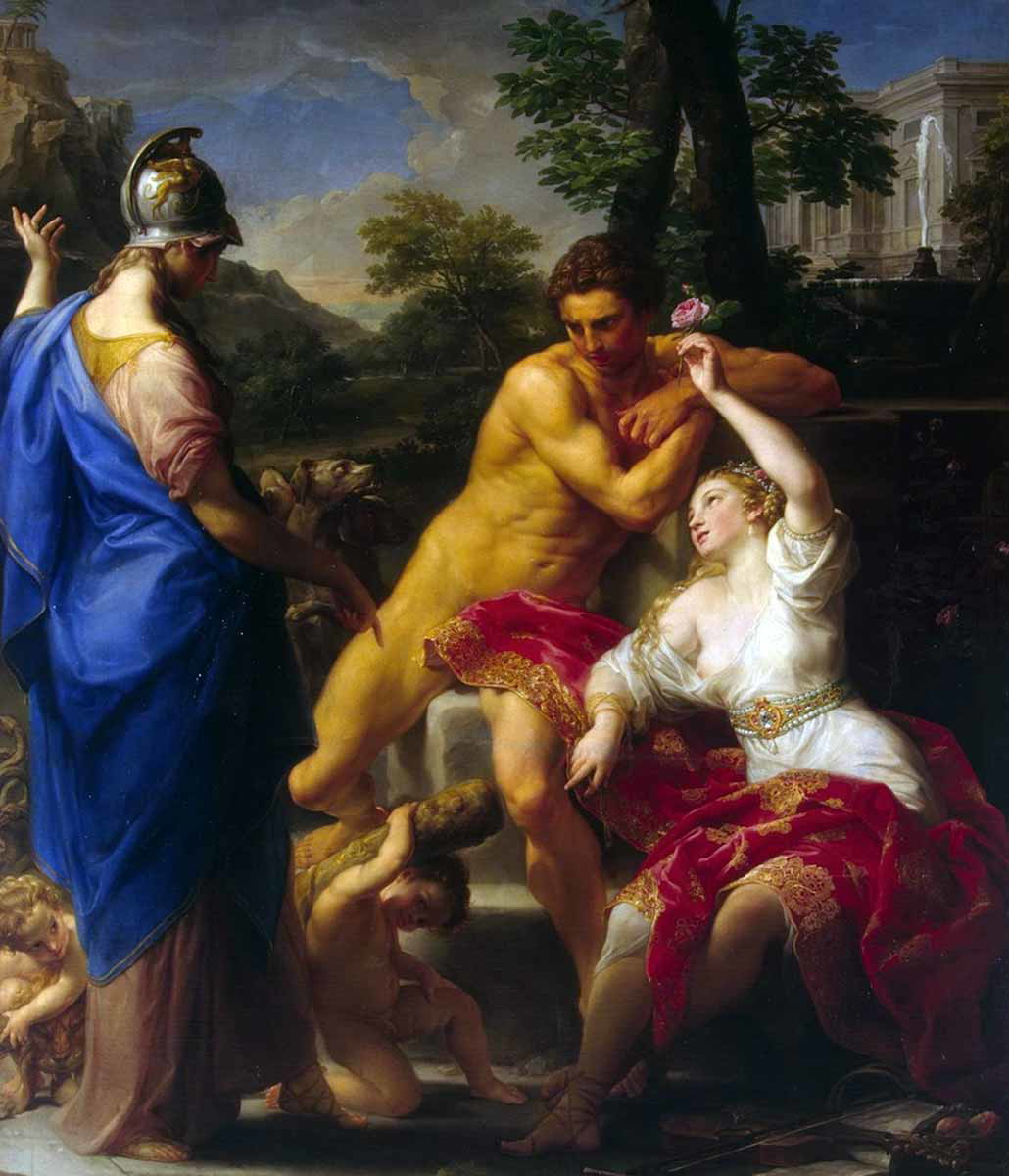
The idea of the logos is still prominent in the Roman Stoics that we are more familiar with today: Seneca, Epictetus, and Marcus Aurelius. But Stoic ethics—with its emphasis on the cardinal virtues of courage, justice, temperance and wisdom—became a more significant feature of Roman Stoicism. It provided a set of values around which Roman (particularly aristocratic) life was organized.
In the early Imperial Era, in which Seneca was living and writing, Stoic ethics became a form of resistance to the oppressive Imperial regime. The emphasis on cultivating a life of inner virtue in accordance with logos meant focusing on individual responsibility and detaching from external goods that could be taken away. This meant that many Stoics, who were often aristocrats themselves, held values which might clash with the Emperor and his rule.
Virtue became all that was important to Stoics—they became indifferent to everything else. A person’s character and how they conducted themselves was all that was within their control. Inner virtue could not be taken away on an Imperial whim.
It is these latter ideas of Stoic ethics that Seneca explores in his Letters. Seneca was more interested in the question of how to live a good life than the complexities of metaphysics and logic.
It Is Vital to Study Philosophy

Bust of Lucius Annaeus Seneca the Younger by an unknown artist. Source: Wikimedia Commons
Seneca wrote his letters to Lucilius Juror during the last period of his life, after he had retired from public duties in Rome and moved to the countryside.
Seneca passionately advocates for the value of studying and applying philosophy to one’s life, and encourages Lucilius to do so as well. He gives several reasons for this at different points in the Letters.
One of the reasons Seneca gives is in an early letter. He argues that the first promise of studying philosophy is “the feeling of fellowship, of belonging to mankind.” This comes during a discussion about not alienating people by being too different from them.
A significant aspect of Stoic philosophy is that it believes in the oneness or unity of all people. Stoicism promotes a cosmopolitanism, and this comes about by understanding that we are all equals, regardless of status. We are all part of nature, part of the logos.
In several letters, Seneca quotes Epicurus. This highlights Seneca’s love for philosophy because Epicureanism was seen as the main rival to Stoicism. Seneca was eager to learn wisdom. He argues that wisdom and truth are for all people, regardless of where it comes from. Wisdom is common property. He agrees with Epicurus, that being a slave to philosophy brings freedom, because philosophy and true understanding release us from suffering and bring ataraxia, or calmness.
Wisdom Brings a Happy Life
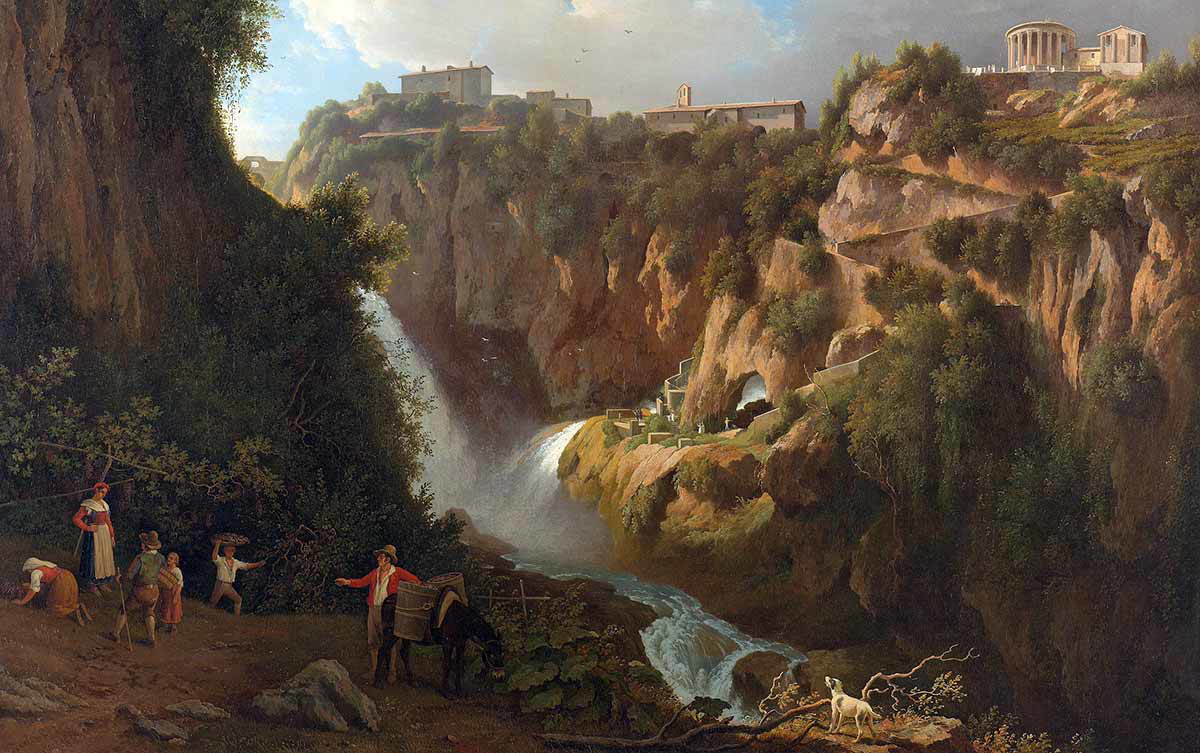
The crucial point for Seneca is that “no one can lead a happy life… without the pursuit of wisdom.” Seneca acknowledges that philosophy is not popular nor is it entertaining, but it is vital for learning how to live a deeper and more meaningful life. It shapes character, brings order to life, gives guidance on how to act and what to do or not do in different circumstances. It keeps the ship balanced and on course.
Most of all, Seneca highlights again that philosophy brings freedom from fear and worry. Because it has the task of uncovering truth in the human and divine worlds, it can offer counsel in times of trouble. We see reality for what it actually is, not for what others assume and tell us it is. And that is where the comfort lies.
Cultivating Resilience
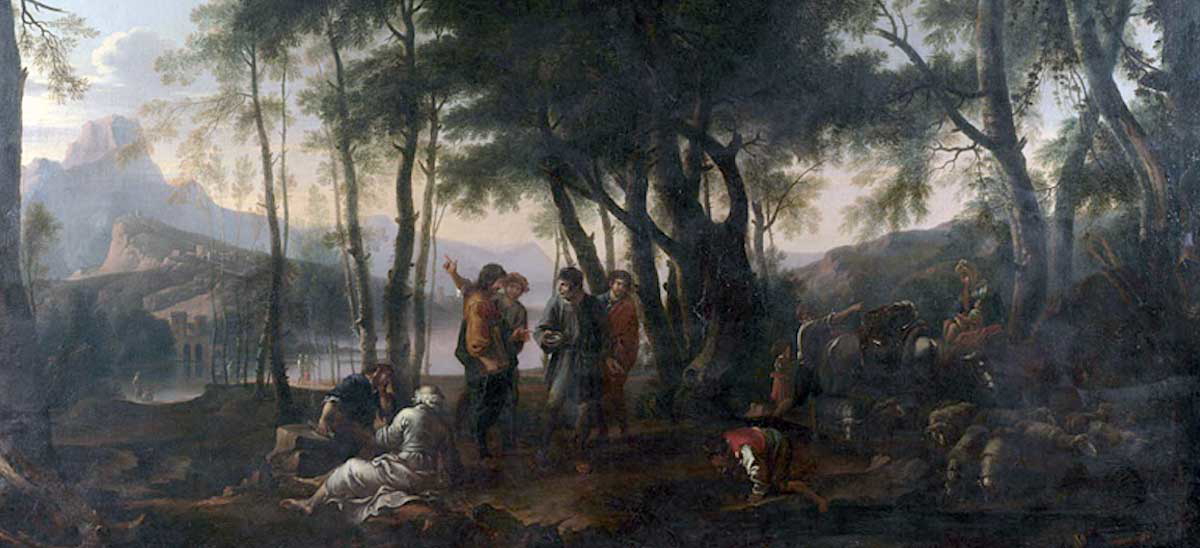
Stoicism is noted for advocating equanimity even amidst the most trying vicissitudes of life. As remarked earlier, Seneca lived in a particularly unstable era under two of Rome’s most tyrannical and vicious emperors. In his letters, Seneca often reflects upon the need to cultivate inner virtue and resilience to be free of worry.
Studying philosophy was key to this, but in addition, Seneca recommends facing fears and accepting mortality by focusing on the present moment.
Another of Seneca’s famous writings is On the Shortness of Life, and in the Letters too, he emphasises living each day fully and as if it were the last. He writes, “every day … should be regulated as if it were the one that brings up the rear, the one that rounds out and completes our lives.”
Essentially, this is living with gratitude, knowing that one’s fortunes can quickly change. It also comes from living with virtue and acting from honorable motives.
In practical terms, Seneca recommends a form of ascetic training for people who live in fear of losing their wealth and status. He thought that in order to be resilient in times of crisis it was necessary to practice this by simulating difficult circumstances.
Once a month, a person should practice being poor by adorning rags, eating only bread and water, and sleeping rough. In this way, a person could realise that what they feared wasn’t so bad, and that it is inner virtue, not circumstances, that are the measure of a person.
We Are Troubled by Two Main Things
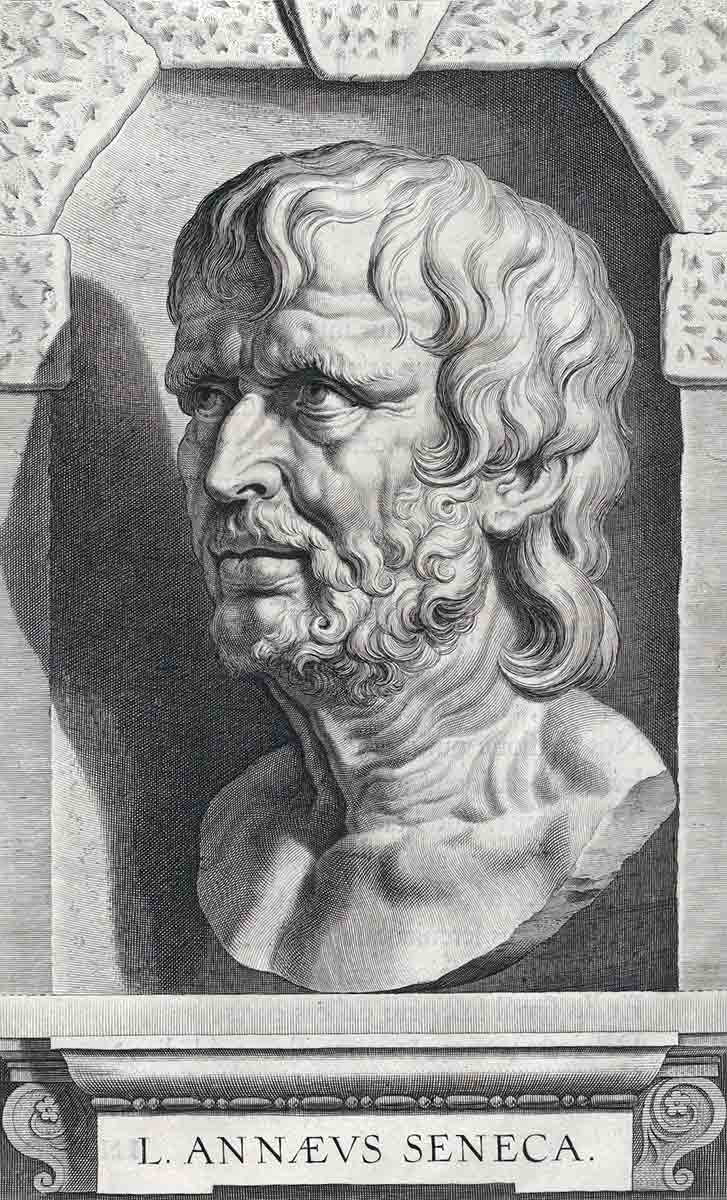
Seneca thinks that we are troubled by two main things. The first is remembering troubles in the past, and the second is worrying about things to come. Seneca’s aim is to remove both of these from his thinking. The past is no longer a concern, and the future is not one yet.
When difficulties do arise, then a person “should put his whole heart into the fight against them.” The reward is not fame or fortune, but in “moral worth” and “strength of spirit.”
Significantly, Seneca says, “everything hangs on one’s thinking.” Trials and tribulations can be made better or worse depending on how a person thinks about them. It was the counsel of philosophy, not following the ideas of the crowd, that guided one into thinking in the right way.
Being Stoic in Facing Death
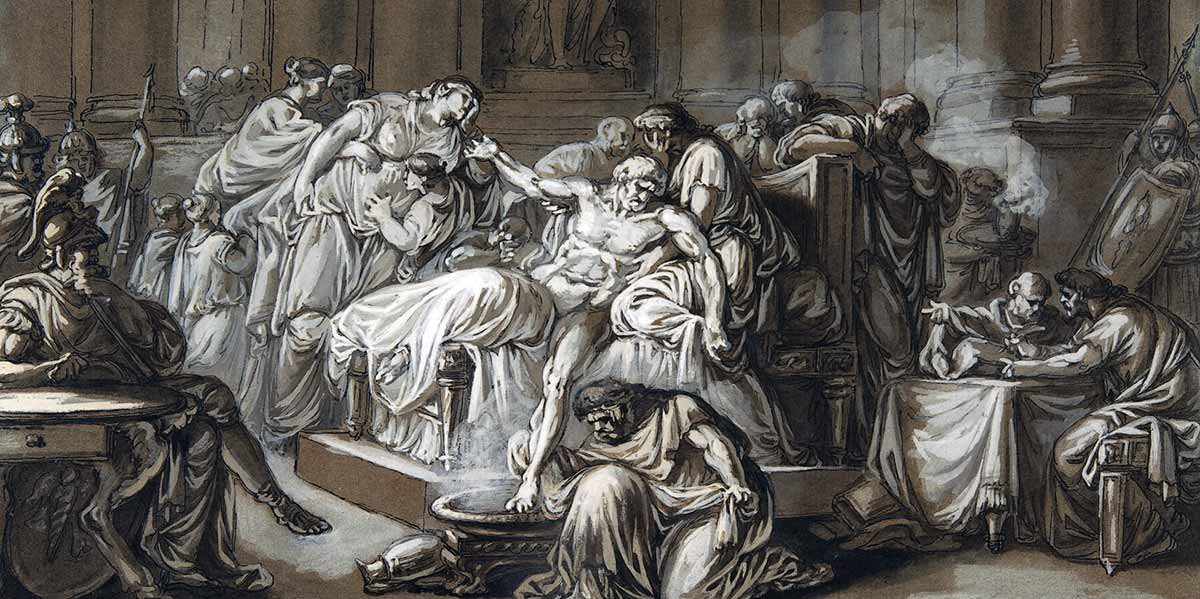
This extended to thinking about death, by accepting it and not fearing it. Seneca argued that life is not incomplete if it is an honourable one. It was more important to be a “good man” than anything else and once this was achieved, the rest is an extra. Death was but a transition to something else. Seneca says that “every journey has its end.”
Not long after writing his letters to Lucilius, Seneca had to confront death. He was ordered to commit suicide by Nero.
Much of Seneca’s life was a contradiction, but he appears to have met his death stoically, if somewhat dramatically. It was a staged event where he drank hemlock surrounded by his friends, emulating the death of Socrates.
This article has only touched on two key related elements of Seneca’s philosophy for living in the Letters from a Stoic. Yet, it is easy to see why Seneca appeals to us today. We face many of the same issues of the human condition, not least in understanding how to live a good life.
